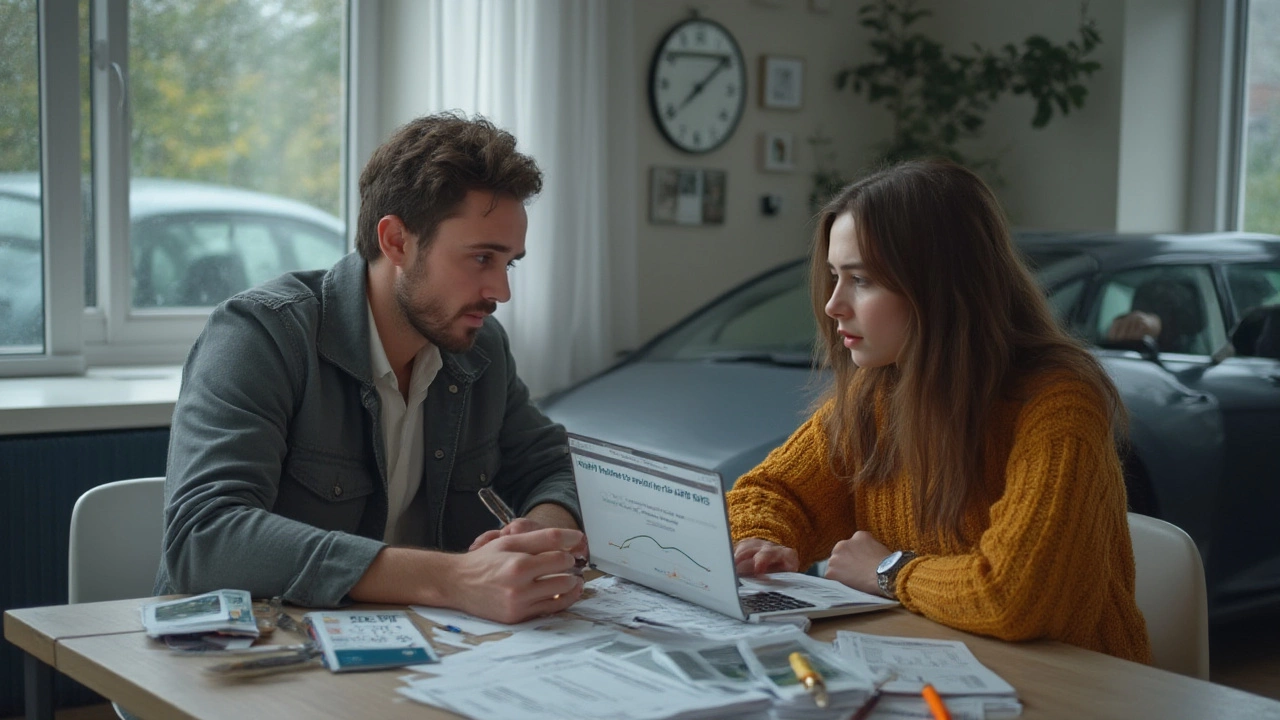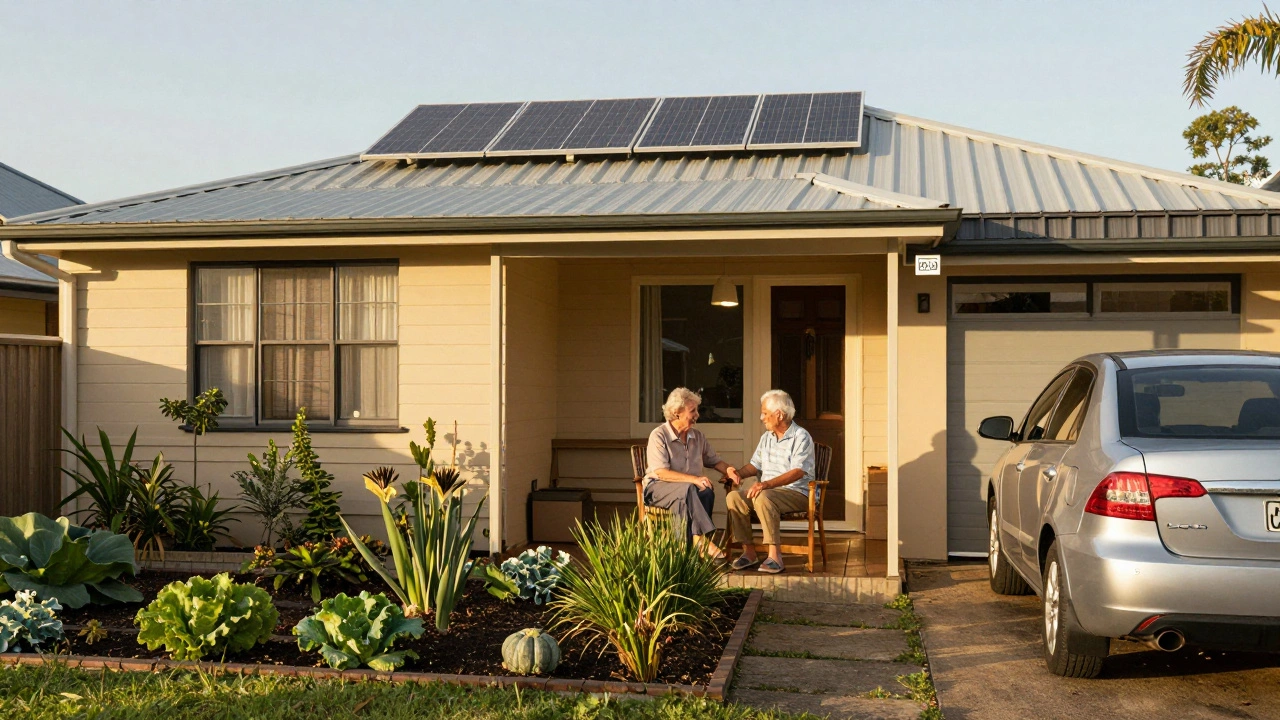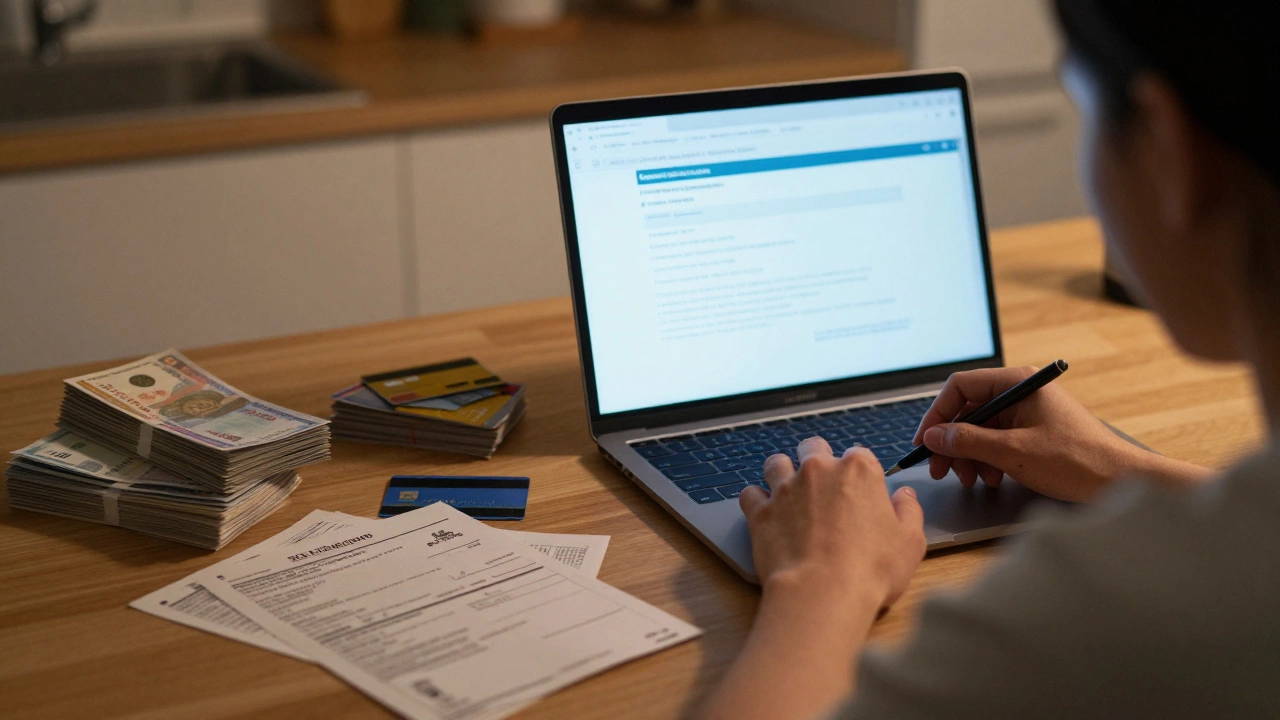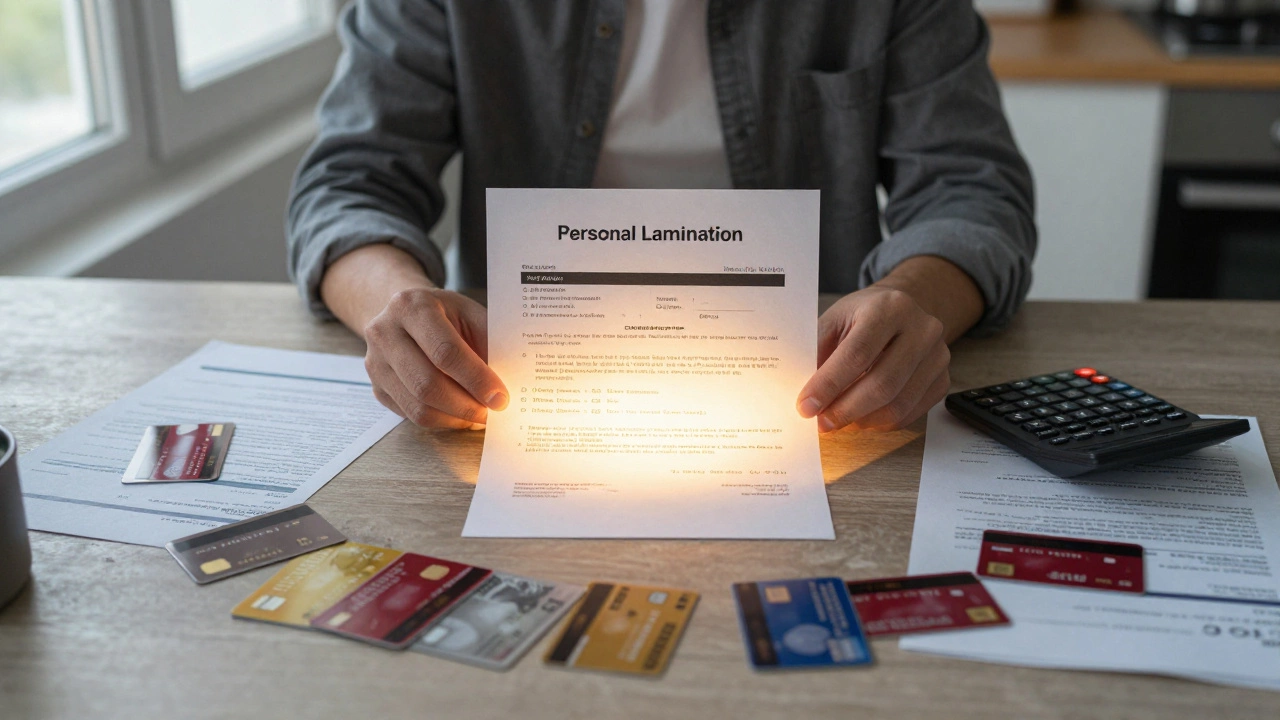Picture this: You fall in love with a car, sign some paperwork, and suddenly, you’re locked into a loan with numbers that don’t add up. When you see the monthly payment, your stomach drops. That’s what a bad APR can do. Most drivers just want a fair shake, but dealerships and lenders play things close to the chest. Here’s the real scoop on car loan APRs in 2025, how to tell if you’re getting slammed with a bad one, and what you can do to get yourself out of a high-interest trap.
Defining ‘Bad’ in Auto Loan APRs
So what’s the actual definition of a bad APR for a car? It’s not as simple as picking a single number, because lenders look at your credit, the car’s age, the loan length, and even the economy. But let’s cut through the fog. In July 2025, the average new car APR in the U.S. is hovering just under 7% (according to Bankrate's June 2025 survey). For used cars, average APRs are closer to 11%. If your rate is noticeably higher than these averages, that should make you raise an eyebrow.
Most experts agree that an APR above 10% for a new car is just not good—unless your credit is really hurting. For used cars, anything past 14% is heading into the red zone. If your score’s above 660, you should be able to get close to, or even under, the national average for APR. Now, a bad APR isn’t just about paying more—it can mean thousands lost over the life of your loan. Consider this harsh math: on a $28,000 loan over five years, a 6% rate means you’ll pay about $4,496 in interest. Jump that to 14%, and you’re shelling out around $10,895. Yeah, it stings.
People with fair or poor credit may be pushed into APRs of 15%, 18%, or even more. If you hear 20% or higher, it’s time to walk away. That’s straight-up predatory territory. There are exceptions—“buy here, pay here” dealers hit these rates all the time—but those loans can wreck your finances. Bad APR isn’t a badge of shame, but it should set off your internal alarms.
The Factors Behind Your Automotive APR
Why does one person get offered 4%, while someone else gets 16%? Lenders build your APR on a handful of things. The biggest one is your credit score. Folks with scores above 760 usually get the best offers – think 3% to 5% for new cars right now. Fall below 660, and the rates climb fast. If you’re under 580, most big banks won’t touch your loan unless you bring a huge down payment or accept a punishing interest rate.
Loan length matters too. Maybe you wanted 60 months to keep payments low. The catch? Lenders often bump your APR with longer loans. It’s sneaky: you pay less per month, but way more in the end. Then there’s the car itself. New models usually mean lower rates, while older, high-mileage cars can drive your APR up past the 12% mark even with decent credit. Cash rebates and manufacturer offers can mask uncomfortably high interest, especially during summer or holiday sales blitzes.
Another factor is the down payment. If you put little or nothing down, the lender takes a bigger risk (since you have less skin in the game). More risk equals a higher rate. Where you get your loan also matters. Credit unions and online lenders are beating lots of dealerships for rates in 2025—sometimes by two or three percentage points.
Here’s a quick breakdown to show what lenders might offer based on credit score for new and used cars this year:
| Credit Score | Average New Car APR | Average Used Car APR |
|---|---|---|
| 781-850 | 4.1% | 5.7% |
| 661-780 | 6.4% | 8.8% |
| 601-660 | 9.7% | 13.6% |
| 501-600 | 14.2% | 21.0% |
| 300-500 | 16.8% | 23.1% |
If your rate looks more like the bottom scores but your credit report says otherwise, you’re either getting marked up by the dealer or you missed a better deal somewhere.
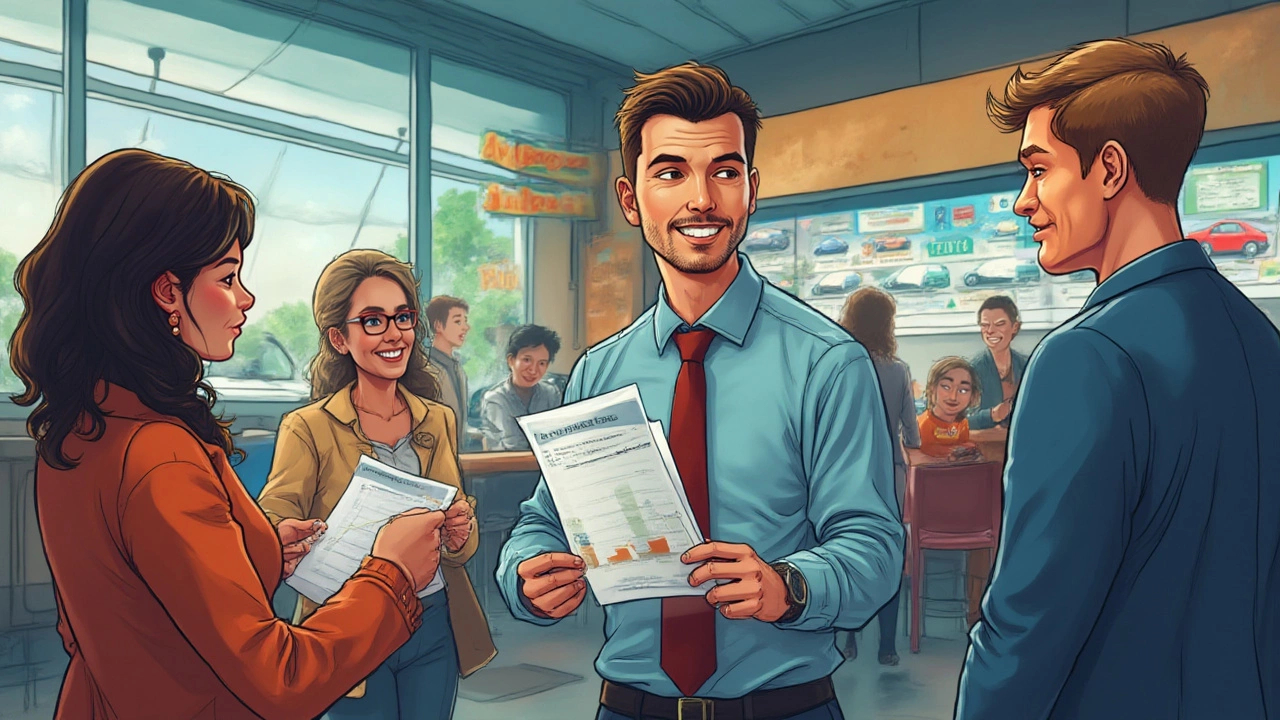
Hidden Costs: How a Bad APR Wrecks Your Budget
It’s easy to get caught up in monthly payments, but that number can be a clever trick. Lenders want to keep your payments low, so they stretch out terms and hike up the APR behind the scenes. With car prices rising (the average new car price hit $48,790 in spring 2025), you’d think dealers would ease up. Nope. That “just $420/month” deal can actually bleed you dry over time.
Here’s where the pain sets in. A higher APR means you pay more in interest right away. Early on, almost all of your payment goes to interest, not principal. This makes it tougher to build equity in your car—so if you need to sell or trade in before the loan’s up, you could owe more than the car is worth. That’s called being “upside down,” and it’s a nightmare if your situation changes or you get into an accident and insurance won’t cover what you owe.
There’s also the opportunity cost. Every dollar burned on interest is a dollar you can’t spend or invest elsewhere. Feels like a slow leak in your wallet. Plus, bad APR loans hurt your credit if you fall behind on payments. Some folks don’t even realize how much they’re paying in interest until they check their payoff amount and do the math. It’s not a good surprise.
Let’s check a quick example for a $20,000 loan over 60 months:
| APR (%) | Total Interest Paid | Monthly Payment |
|---|---|---|
| 4% | $2,100 | $368 |
| 10% | $5,500 | $425 |
| 18% | $10,900 | $508 |
Do the math, not just for the payment, but for the total cost. This is where the real difference between a so-so APR and a truly bad APR hits home.
Spotting Lender Tricks and Dealer Markups
If you want to avoid a bad APR, it helps to recognize a few of the games lenders and dealerships play. First, they know most people focus on the monthly bill, not the rate. They might show you a payment that fits your budget, then quietly extend the loan term and boost the rate. Be suspicious of any deal that’s “too easy to get” or only relies on a soft credit check.
“Dealer reserve” is a real thing in 2025. Here’s how it works: The lender approves you for 8%, but the dealer marks your loan up to 10% and pockets the extra as profit. Federal rules require some disclosure, but dealers find creative ways to pad their profits. Always ask for your actual buy rate from the lender, not just what the dealer’s quoting.
Another trick is “spot delivery,” where you drive off before the loan paperwork is finalized. A few weeks later, you get a call: there’s a problem, so your payment or APR just changed. This scam catches folks who pile on options or add-ons at the finance desk. If the APR jumps up after you leave, fight it—or walk away if you can.
Don’t forget prepayment penalties. A loan that punishes you for paying off early can cost you even more. Ask if your loan has this “gotcha” in the fine print. High add-on costs—like unnecessary warranties or “gap” insurance—sometimes get rolled into the loan, inflating your APR even more. Always check the final numbers before you sign anything.
If you get an offer that just feels off, trust your gut. Take the time to get pre-approved from your own bank or credit union before you even set foot at the dealer. That puts you in control and gives you real negotiating power. The best way to dodge a bad deal is to slow down and shop around. Comparison shopping is easier than ever in 2025, with online lenders like LightStream and PenFed showing you transparent rates with no markup.
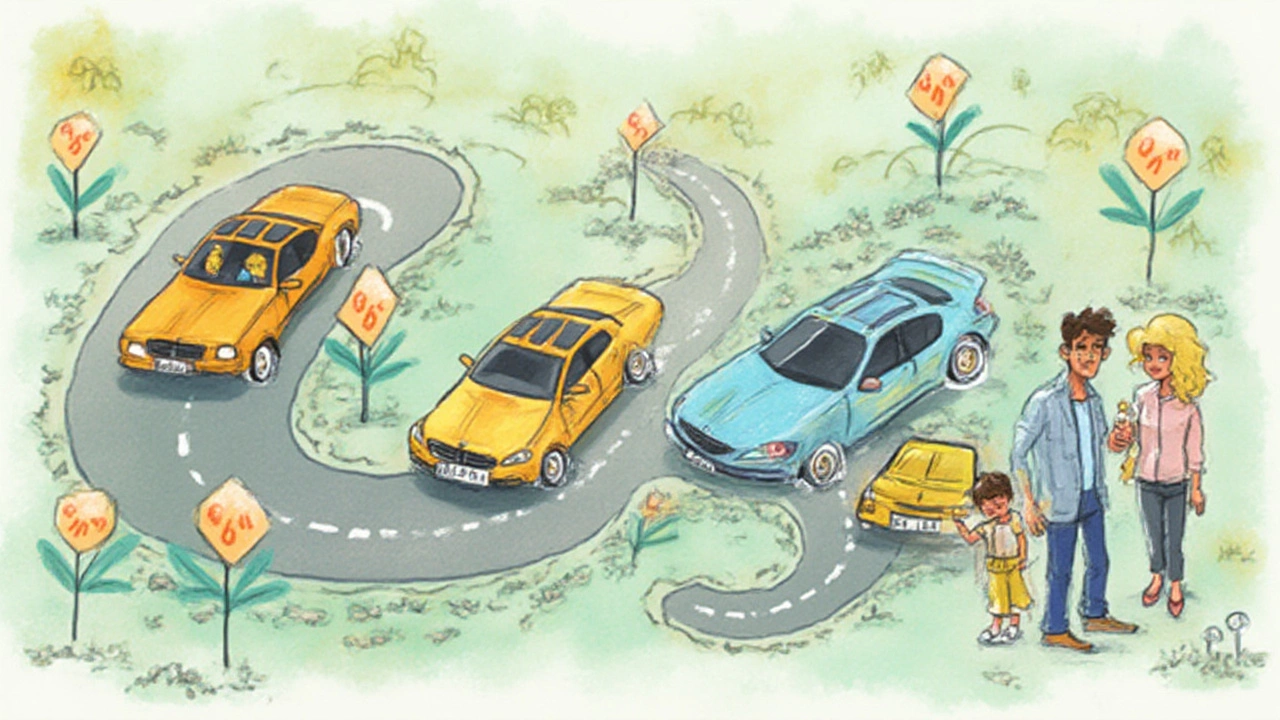
How to Avoid Bad APRs and Get a Better Deal
If you’re worried that your auto loan APR is way too high, here are practical steps to fix it right now. First, check your credit reports at least three months before you plan to buy or refinance. You could find mistakes that drag down your score. Dispute anything that looks fishy. Even a 20-point jump in credit could save you hundreds per year in interest.
Next, shop around. Don’t just settle for the first offer you get. Submit loan applications with a few different lenders—credit unions, online banks, and even your own local bank. The fact is, credit unions often offer lower rates to bad APR for a car borrowers than traditional banks. See if they have membership deals based on where you live or work.
Bring a decent down payment, even if advertisers promise “zero down.” Anything over 10% shows the lender you’re serious, and it immediately lowers your loan amount and potential rate. Also, consider a loan term of 36 or 48 months instead of 60 or more. Yes, payments go up a bit, but interest drops sharply in the long run.
Be ready to negotiate. If the dealer won’t budge on the APR, ask about rebates or price discounts. Sometimes you can’t move the interest rate, but you can still pay less for the car itself. Avoid add-ons you don’t need—they just get rolled into the loan and cost you extra interest. Always read the contract line by line before signing and ask for a copy to look over at home if you feel pressured.
If you’re stuck in a high-APR loan now, don’t panic. You might be able to refinance to a lower rate, especially if your credit has improved or rates drop. Most banks and online lenders offer refinancing that can save you a few points. Even saving 3% on a $20K loan means about $1,500 back in your pocket over time.
You deserve a fair deal. Don’t get trapped in a bad APR just because you rushed the process or felt overwhelmed at the dealership. Knowledge really is power—with the right info, you can save thousands and drive away confident you made the right move.

